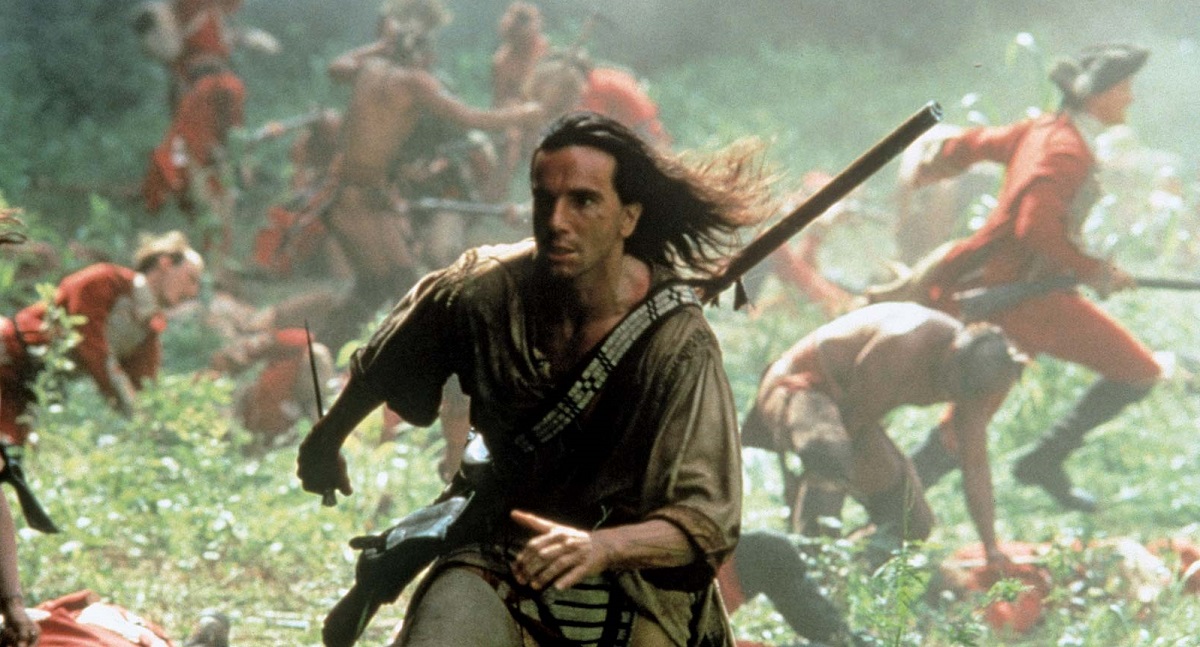After acclaimed British actor Daniel Day-Lewis picked up the Best Actor Oscar for his performance in 1989’s compelling real life drama My Left Foot, he probably didn’t seem the most likely candidate to take on a Hollywood action hero role.
However, this is just what happened when Day-Lewis starred alongside Madeleine Stowe in director Michael Mann’s 1992 film of the classic novel The Last of the Mohicans.
The film was a hit at a time when epic historical adventures were coming back in a big way, and it holds up well all these years later.
Did you know the following facts about The Last of the Mohicans?
20. It’s a remake of a 1936 film
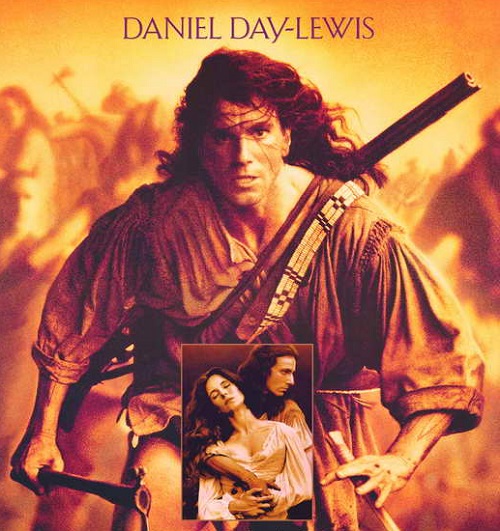
The original novel The Last of the Mohicans: A Narrative of 1757 was written by James Fenimore Cooper, and first published in 1826.
[rtk_adunit_top]
However, the 1992 film is more closely based on the 1936 film adaptation from director George B. Seitz, which makes significant trims to the book’s unwieldy narrative.
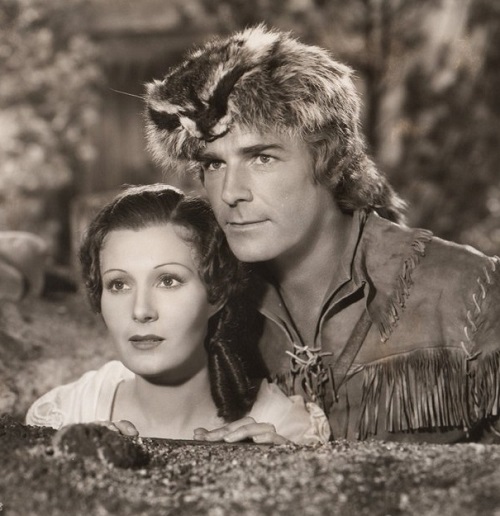
This film starred Randolph Scott as Hawkeye, and Binnie Barnes as Alice Munro (who was the female lead in the 1936 film, rather than Alice’s sister Cora as in the 1992 version).
[rtk_adunit_middle]
Director Michael Mann has admitted to not liking Cooper’s novel, in part because the author’s sympathy seems to lie more with the European colonists seizing Native American land, rather than with the Natives themselves.
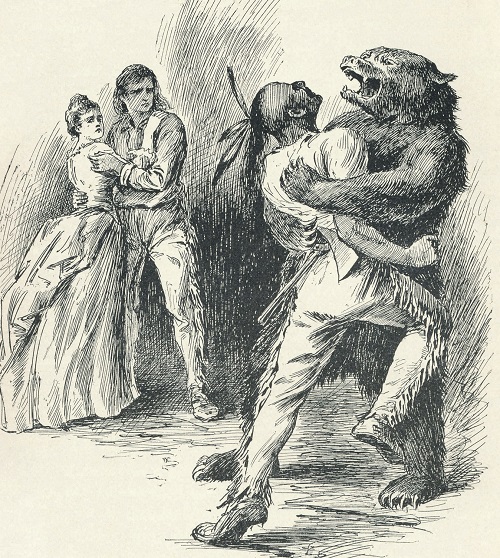
Mann is not alone in his disdain for the novel, which, despite its endurance, has long attracted harsh criticism: Cooper’s contemporary Mark Twain attacked the book and its author in an essay entitled ‘Fenimore Cooper’s Literary Offenses.’
[rtk_adunit_bottom]
19. The name of Daniel Day-Lewis’s Hawkeye was changed to avoid laughs
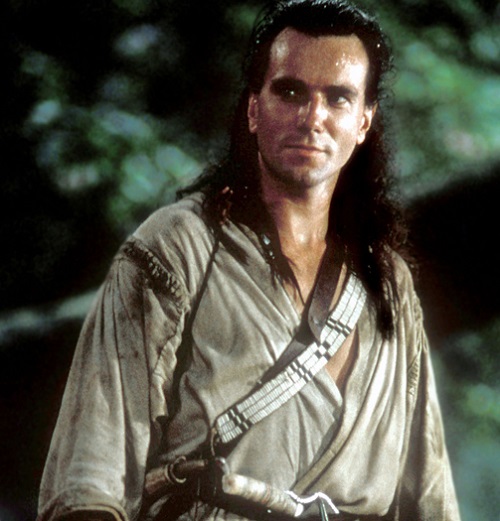
Daniel Day-Lewis takes the lead as James Fenimore Cooper’s hero Hawkeye.
[rtk_adunit_top]
While best remembered as the lead of The Last of the Mohicans, the character was also featured in another four adventure novels written by Cooper between 1823 and 1841.
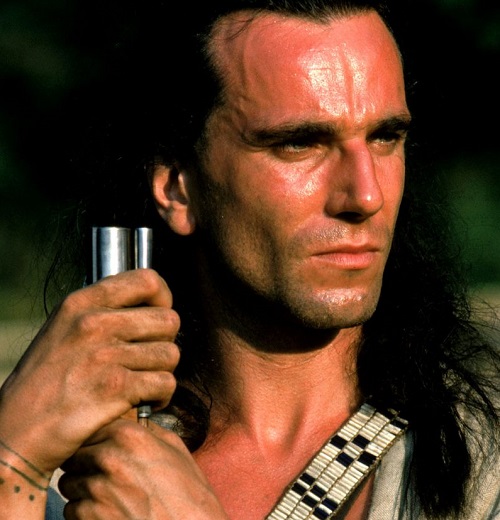
The character’s backstory tells us Hawkeye is the orphaned son of white settlers, and was taken in by Mohican chief Chingachgook (Russell Means), who raised him as his own alongside his biological son Uncas (Eric Shweig).
[rtk_adunit_middle]
However, as cool-sounding as his Mohican name might be, in the original novels, Hawkeye’s birth name was Natty Bumppo.
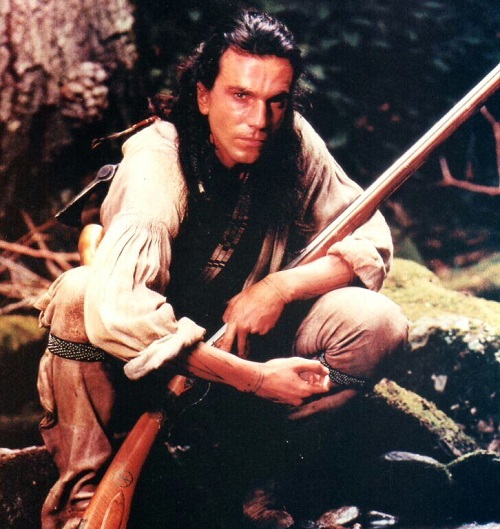
Realising this name was bound to prompt unintentional laughter from 90s audiences, the filmmakers opted to amend the character’s name to Nathaniel Poe.
[rtk_adunit_bottom]
18. Cora Munro is significantly different in the novel
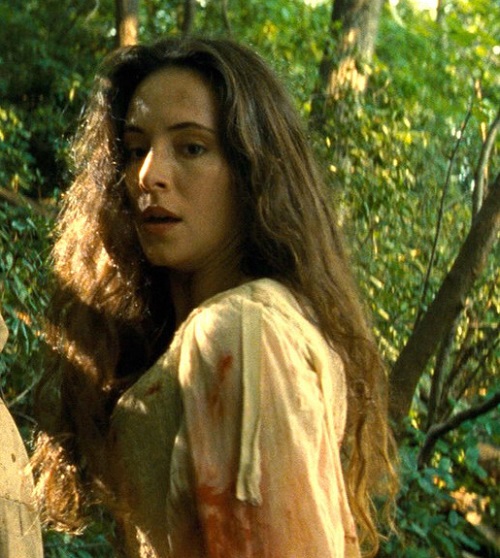
Run through a quick synopsis of James Fenimore Cooper’s The Last of the Mohicans, and it’s immediately clear just how far Michael Mann’s film deviates from the source material.
[rtk_adunit_top]
Firstly, and rather significantly, in the novel there is no love story between the heroic Hawkeye and damsel in distress Cora Munro – who was originally written as mixed-race, which Madeleine Stowe is not.
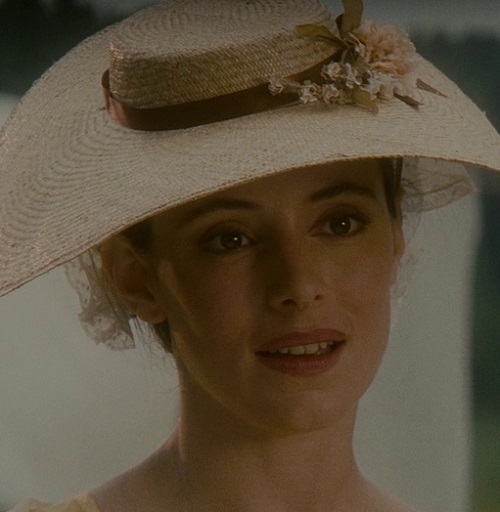
Nor, in Cooper’s novel, is Major Heyward (Steven Waddington) in unrequited love with Cora, as in the film; in the original novel, he is interested in her younger sister Alice (Jodhi May).
[rtk_adunit_middle]
In the novel, the villainous Magua (Wes Studi) is the only one who harbours feelings for Cora, and abducts her for this reason.
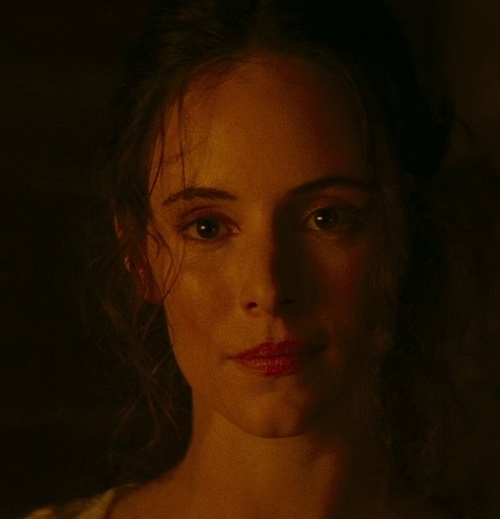
Finally, in the climactic clifftop showdown, it is – spoiler alert – Cora who falls to her death in the novel, rather than Alice as in the film, whilst Heyward also survives.
[rtk_adunit_bottom]
17. Madeleine Stowe initially turned the film down
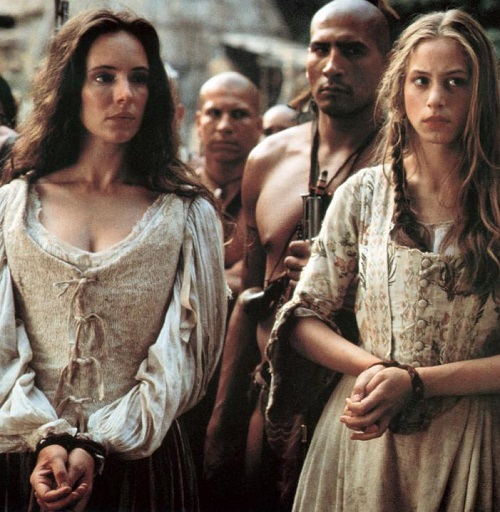
Madeleine Stowe’s first film role was in 1987 comedy thriller Stakeout, after which she quickly became a popular actress in love interest roles.
[rtk_adunit_top]
Having co-starred in a number of thrillers (Revenge, Unlawful Entry), Stowe had little interest in making a large scale action film like The Last of the Mohicans.
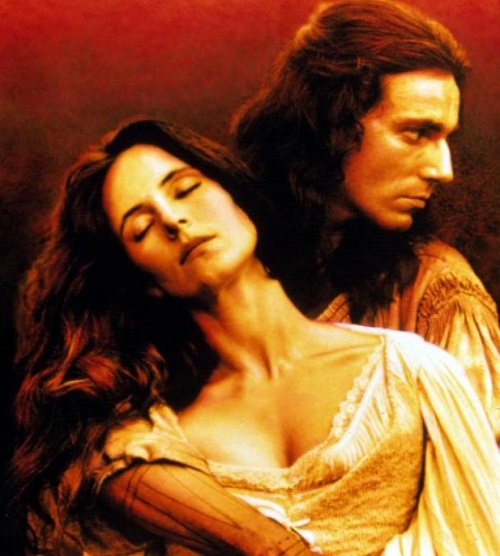
As such, when she was offered the female lead role of Cora Munro, Stowe said no at first.
[rtk_adunit_middle]
Happily, the actress changed her mind once she realised how much emphasis the filmmakers were placing on the love story between Hawkeye and Cora, who fall for one another as their worlds collide.
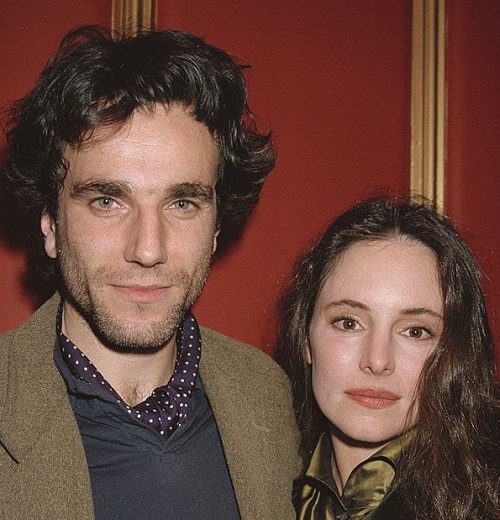
Good job really, as much of the acclaim for The Last of the Mohicans focused on the sizzling chemistry between Day-Lewis and Stowe.
[rtk_adunit_bottom]
16. The shoot was so demanding that Daniel Day-Lewis took up smoking
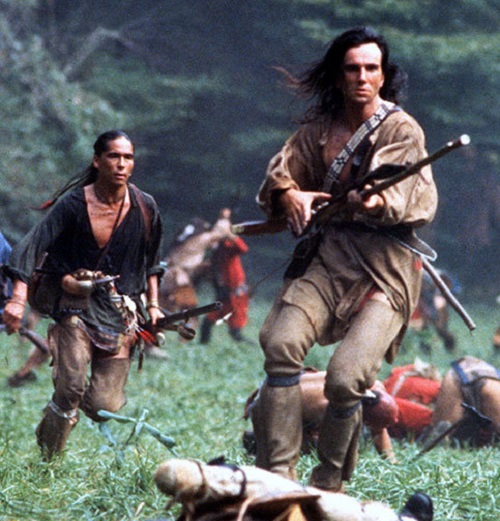
By all accounts, making The Last of the Mohicans wasn’t always a barrel of laughs for the cast and crew.
[rtk_adunit_top]
The film was shot almost entirely on location in cold weather, which inevitably takes its toll over months of shooting.
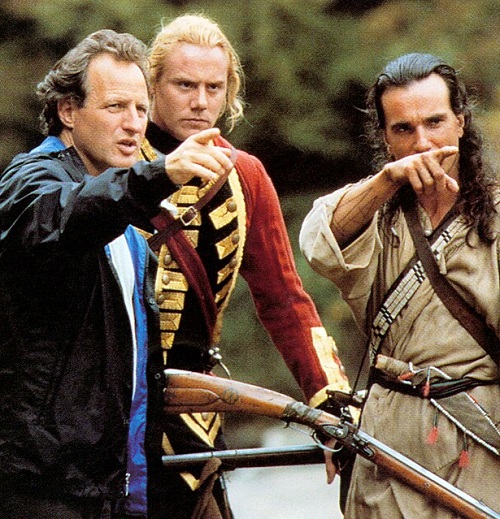
Things were exacerbated by Mann’s insistence on doing as many as 20 takes for every moment filmed; something which resulted in tensions between the filmmaker and studio 20th Century Fox.
[rtk_adunit_middle]
Reportedly, Fox were so concerned with Mann’s progress that a studio representative was sent to the set with one job: to tell the director to move on once he’d done enough takes.
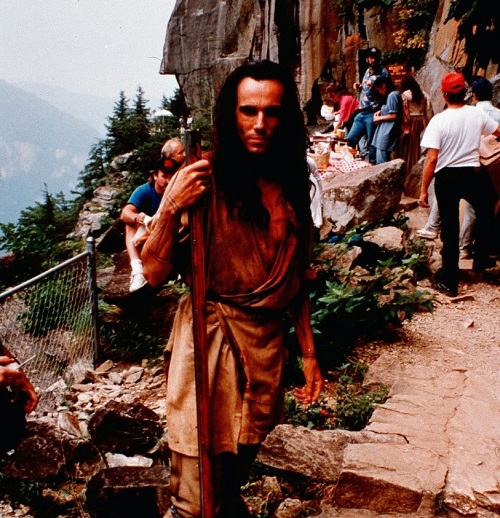
Day-Lewis reportedly remarked to a co-star that he had not long since given up smoking, but The Last of the Mohicans made him start again.
[rtk_adunit_bottom]
15. Day-Lewis suffered claustrophobia and hallucinations after the film was complete
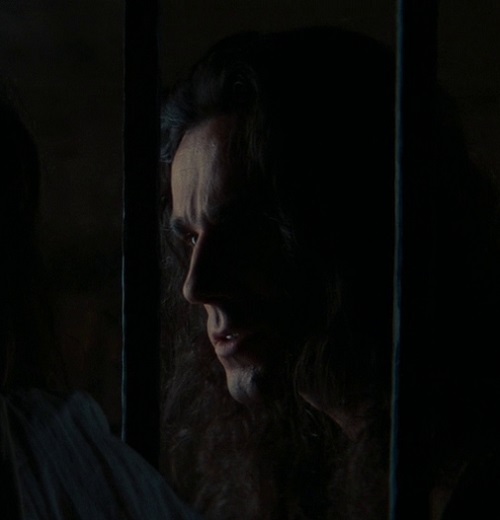
Considering how intensely Day-Lewis is said to have immersed himself in the role, it’s not too surprising that he had some difficulty leaving it behind.
[rtk_adunit_top]
Once production on The Last of the Mohicans was complete, the actor says he struggled with “slight hallucinations.”
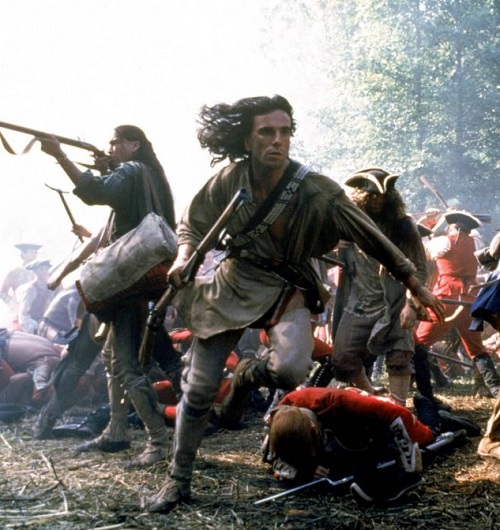
Claustrophobia was also an issue; having spent so much time outdoors, he had difficulty re-adjusting to interior life.
[rtk_adunit_middle]
The actor said not long after completing the film, “I find it difficult to be in rooms now for long periods of time… I can usually take it for about an hour. Then I stride out.”
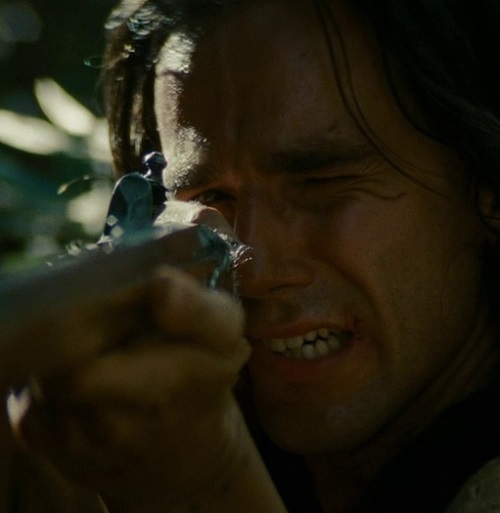
To help with this problem, Day-Lewis (though sceptical) took a course of holistic remedies prescribed to him by a practitioner of alternative medicine.
[rtk_adunit_bottom]
14. Andie MacDowell was also a contender to play Cora
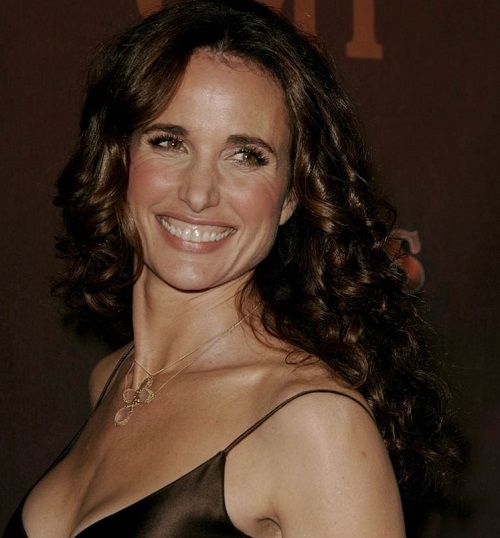
Before Stowe’s casting as Cora was finalised, another notable actress was in consideration for the role: Andie MacDowell.
[rtk_adunit_top]
The model-turned-actress also broke through in movies in the 80s, but really rose to prominence following her role in Steven Soderbergh’s acclaimed 1989 film Sex, Lies and Videotape.
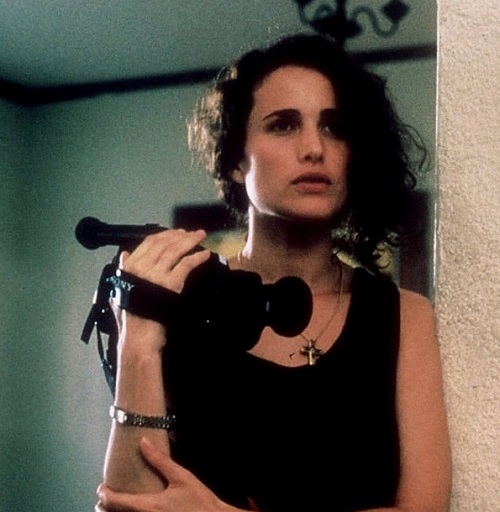
She would reach the height of her fame by the mid-90s thanks to her roles in Groundhog Day and Four Weddings and a Funeral.
[rtk_adunit_middle]
Two years after The Last of the Mohicans, MacDowell and Stowe would co-star in western Bad Girls.
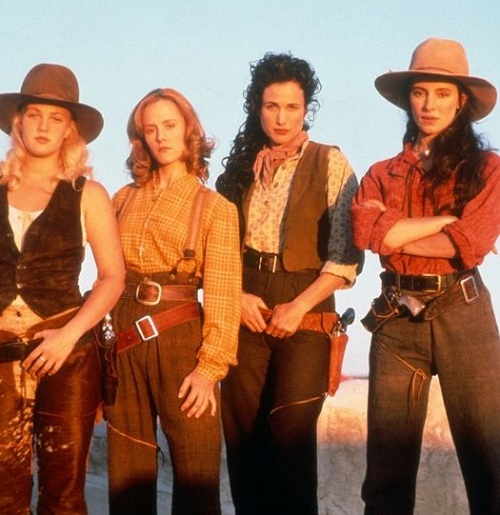
Another reported contender for Cora was Kim Raver, later seen in TV’s 24 and Grey’s Anatomy.
[rtk_adunit_bottom]
13. Richard E. Grant and Hugh Grant were considered to play Major Heyward
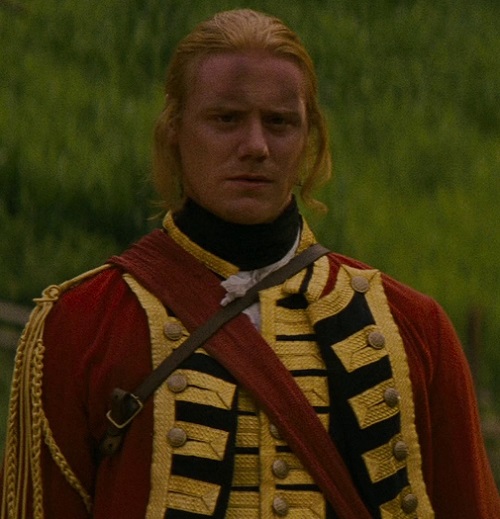
The Last of the Mohicans was the second screen credit of British actor Steven Waddington, who took the key supporting role of Major Heyward.
[rtk_adunit_top]
The filmmakers considered some other, more prominent actors for the part, neither of whom would have brought the same military man physicality.
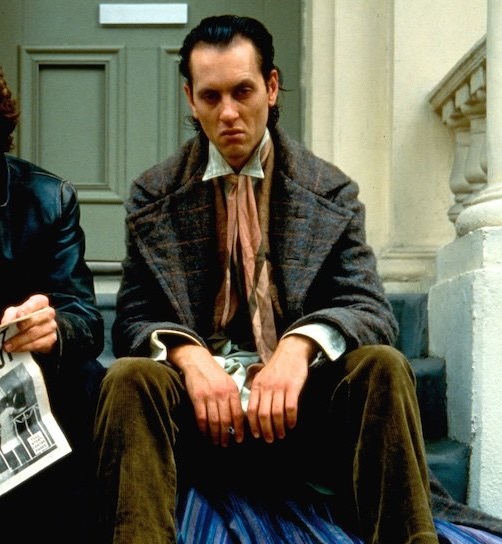
Reportedly they looked at Richard E. Grant, still best known at the time for 1987 cult favourite Withnail & I.
[rtk_adunit_middle]
Another contender was Hugh Grant (no relation), who was then comparatively little-known despite having worked throughout the 80s, primarily in costume dramas.
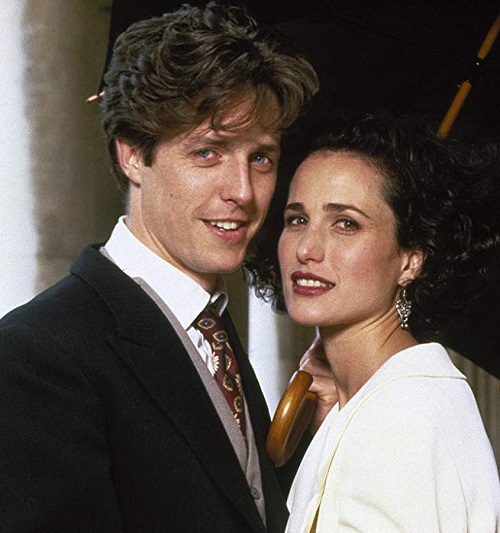
Hugh Grant would, of course, find worldwide fame two years later in Four Weddings and a Funeral, alongside fellow The Last of the Mohicans reject Andie MacDowell.
[rtk_adunit_bottom]
12. Day-Lewis lived rough, hunted his own food to prepare for playing Hawkeye

Day-Lewis is famous for going full method with his roles, and Hawkeye of The Last of the Mohicans was no exception.
[rtk_adunit_top]
In the months leading up to the film, the actor lived in the woods as his character would: hunting, foraging and sleeping rough.
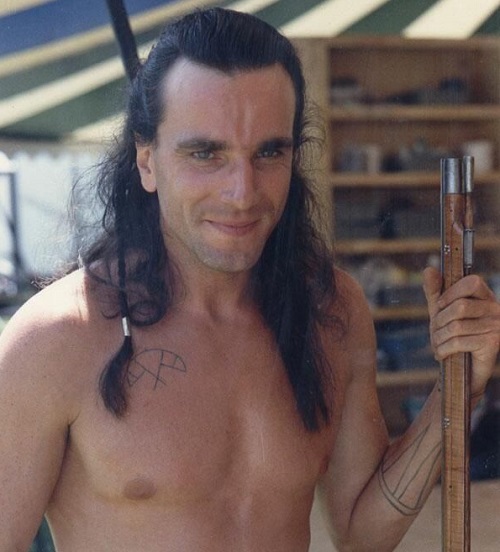
According to those who worked with him, Day-Lewis only ate what he was able to find growing wild, or animals he caught and killed.
[rtk_adunit_middle]
The actor also kept the flintlock rifle he uses in the film with him at all times, never letting it leave his side as the character would; reportedly, he even carried it by his side at Christmas dinner.
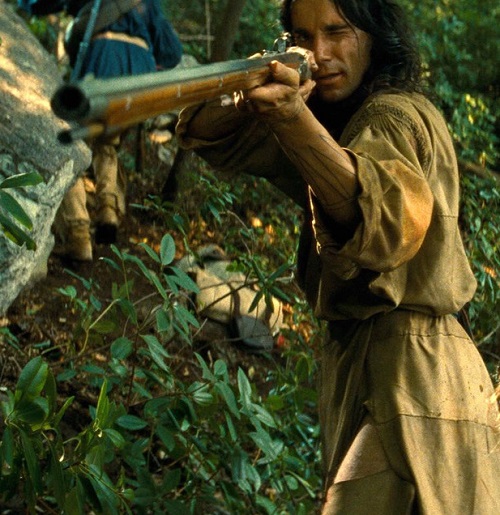
In addition, Day-Lewis trained with Captain Dale Dye of the US Marines to learn how to shoot and fight in a style befitting the time period.
[rtk_adunit_bottom]
11. Day-Lewis staged a car crash as a prank on Madeleine Stowe
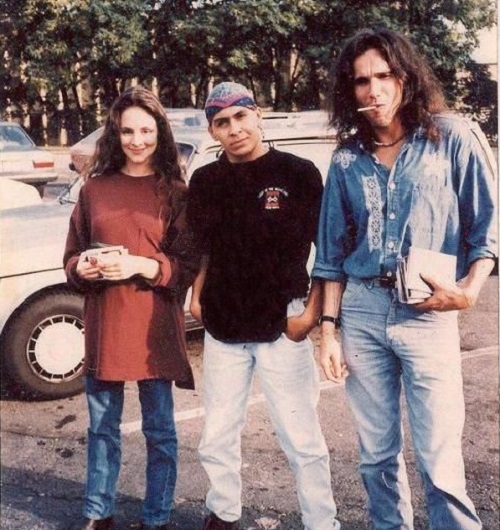
Happily, despite his ultra-serious method actor reputation, it seems Daniel Day-Lewis did know how to let his hair down on set.
[rtk_adunit_top]
Reportedly, the actor and his co-star Madeleine Stowe took to playing practical jokes on one another in their down time.
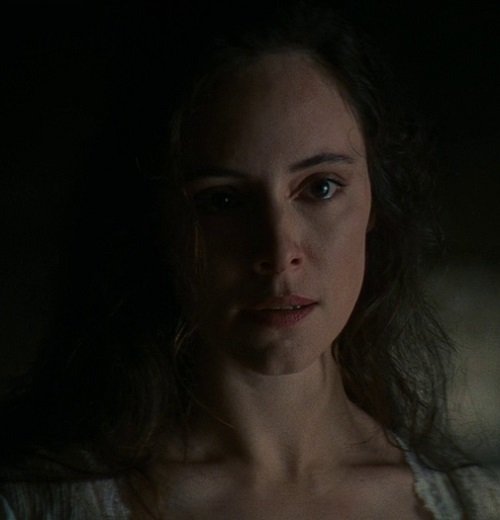
While this began with simple food fights, it escalated to the point that Day-Lewis and his driver staged a fake car accident, including a ‘victim’ covered in fake blood lying moaning in the road.
[rtk_adunit_middle]
Stowe said at the time, “I can’t tell you how happy I was to see that wild streak in Daniel.”

Their co-star Eric Schweig is said to have been similarly prank-happy; make-up artist Connie Byer says his stunts “would have gotten him fired if they knew who did them.”
[rtk_adunit_bottom]
10. The waterfall scene was shot nine days before the film first screened
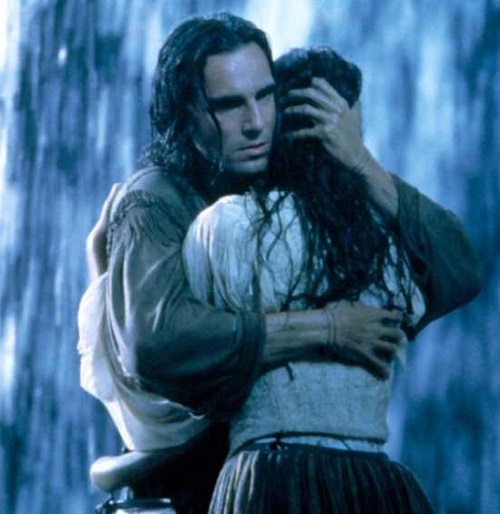
Surely the most memorable moment in The Last of the Mohicans is the scene under the waterfall.
[rtk_adunit_top]
This iconic scene sees Hawkeye reluctantly forced to part ways with Cora, telling her, “Stay alive! I will find you!” before leaping away through the water.
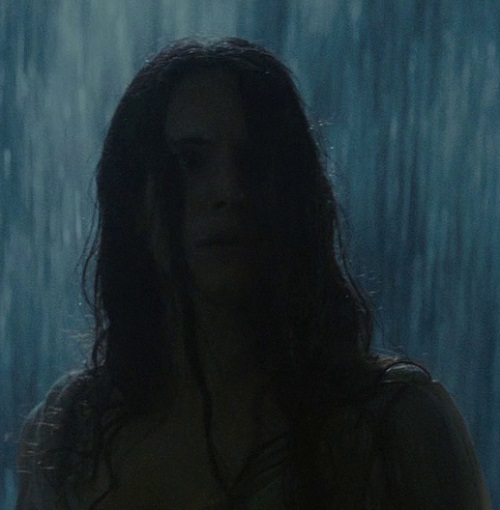
This moment more than any other seems to be the one that really lingers in the memory of audiences everywhere – yet the version we know very nearly wasn’t in the film at all.
[rtk_adunit_middle]
As Michael Mann was unhappy with how it came out on their first attempt, the cast and crew re-shot the scene rather late in the production process.
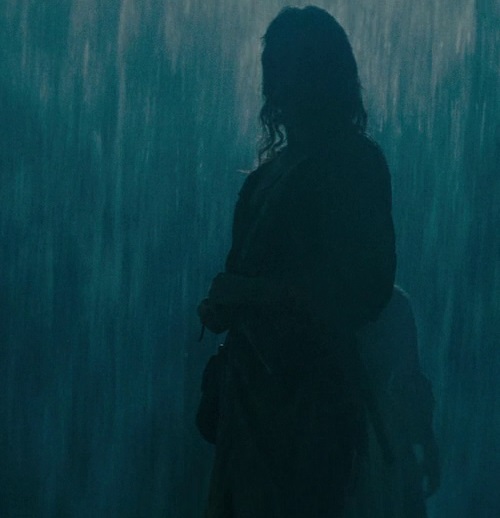
Only nine days after re-shooting this vital scene, The Last of the Mohicans had its first screening for critics.
[rtk_adunit_bottom]
9. Jodhi May’s mother was present on set to make sure her daughter didn’t have any explicit love scenes
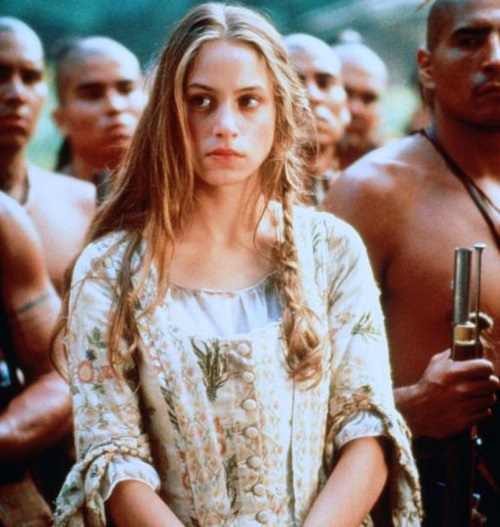
Almost as moving as Hawkeye and Cora’s love story is the romance that is quietly hinted at between Cora’s younger sister Alice (Jodhi May) and Hawkeye’s adoptive brother Uncas (Eric Shweig).
[rtk_adunit_top]
However, it may not be entirely for artistic reasons that this plot thread is so understated.
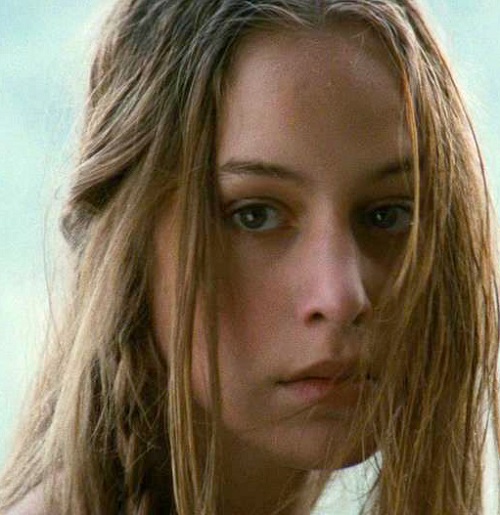
Jodhi May was only 16 at the time, and her mother was reportedly on set at all times to ensure that the filmmakers didn’t try to pressure her daughter into shooting more explicit love scenes.
[rtk_adunit_middle]
Even so, there may have been a bit more shot featuring Alice and Uncas, as May has claimed that many of her scenes ended up on the cutting room floor.
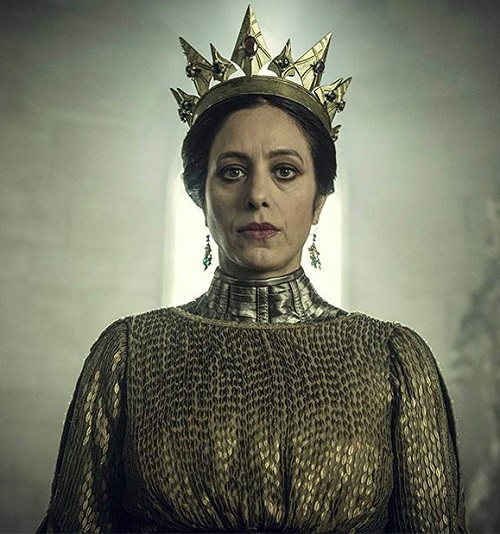
May has worked consistently since The Last of the Mohicans; most recently she was seen as Queen Calanthe in Netflix series The Witcher.
[rtk_adunit_bottom]
8. Over 900 Native Americans were employed as extras
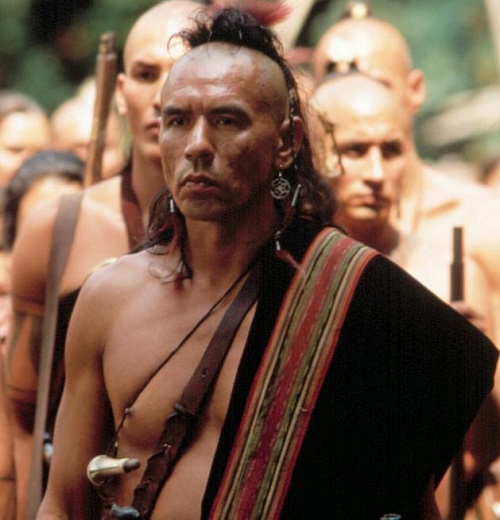
As befits the subject matter, The Last of the Mohicans features a number of Native American actors in the central cast.
[rtk_adunit_top]
Most prominent among these are Russell Means as Chingachgook (in what was surprisingly his acting debut), Eric Schweig as Uncas, and Wes Studi as the villainous Magua.
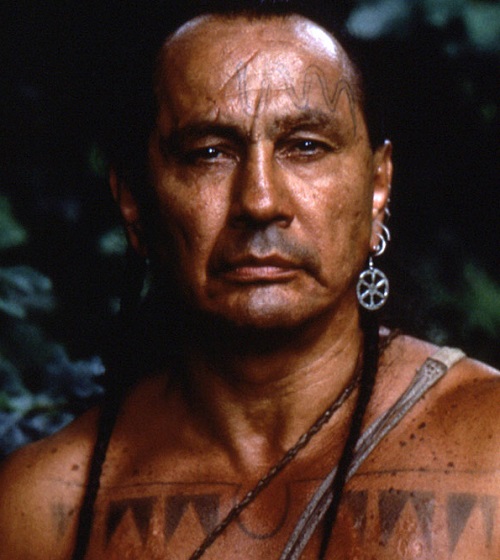
On top of this, The Last of the Mohicans production hired over 900 Native Americans to appear in the film as extras.
[rtk_adunit_middle]
Most of these background performers were given extensive fight training to prepare for the film’s demanding battle sequences.
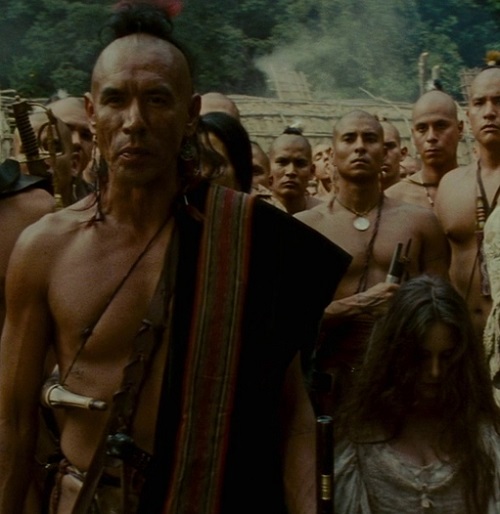
Most of these extras were Cherokees, and were brought to the set from all across the United States.
[rtk_adunit_bottom]
7. The character of Colonel Munro was based on a real historical figure
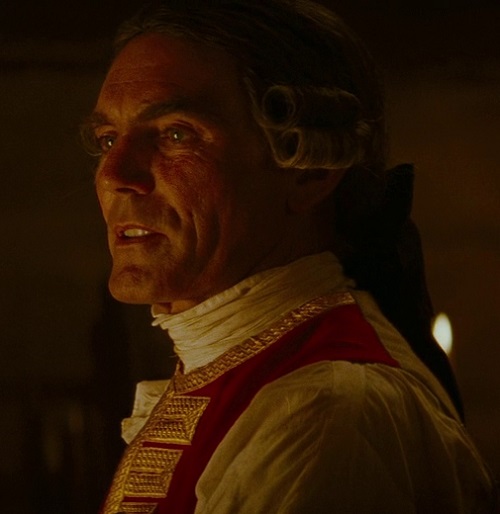
While The Last of the Mohicans is a work of fiction, James Fenimore Cooper drew on real historical events in his novel, with one key character based on a real historical figure.
[rtk_adunit_top]
Colonel Edward Munro, portrayed by Maurice Roëves, is modelled on Lt. Col. George Monro, garrison commander of Fort William Henry in 1757, the year The Last of the Mohicans is set.
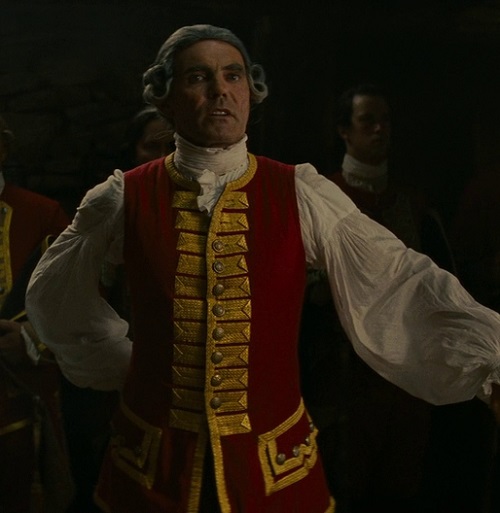
The novel, and the film, sees the Fort come under siege – which was a real historical event.
[rtk_adunit_middle]
However, the real Colonel Monro differs from his fictional counterpart in that he was not the father of two daughters (as well as the different spelling of the surname).
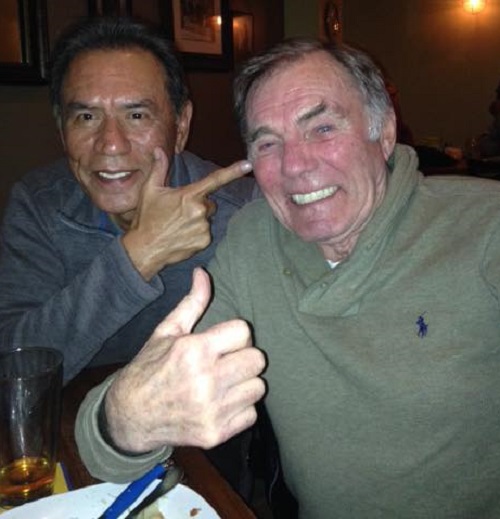
Prior to the casting of Maurice Roëves, Brian Cox was also considered for the role in the 1992 film.
[rtk_adunit_bottom]
6. The film didn’t shoot in New York state, even though it’s set there
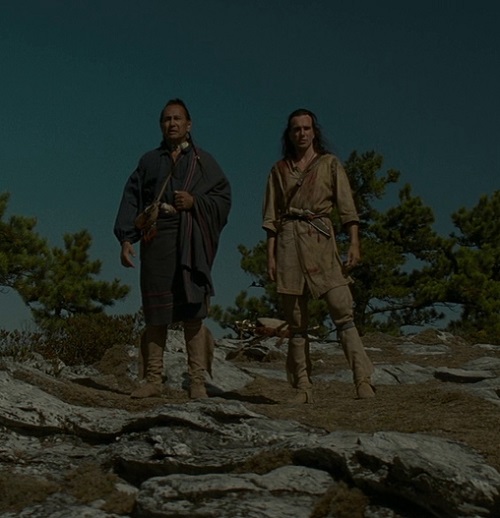
The story sees Hawkeye, Uncas and Chingachgook guide Cora, Alice and Major Heyward from Fort Edward to Fort William Henry.
[rtk_adunit_top]
In reality, these locations are in the province of New York – but the filmmakers opted not to shoot The Last of the Mohicans there.
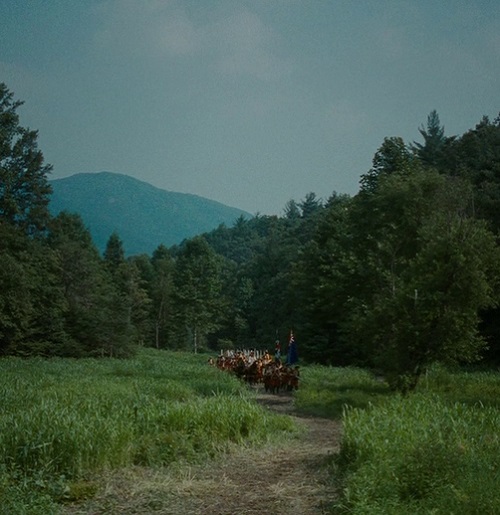
Instead, the film was filmed in the Blue Ridge Mountains of North Carolina, as it was felt this region had more of the look they were going for.
[rtk_adunit_middle]
Many sequences were shot on the Biltmore Estate, owned by famed wealthy American family the Vanderbilts.
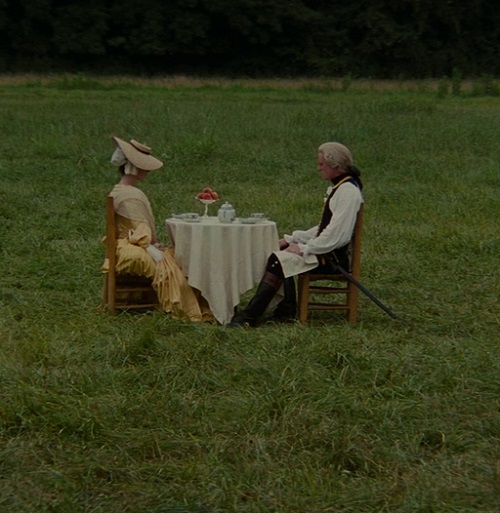
The film also used such Carolina locations as Lake James, Chimney Rock Park, and the DuPont State Recreational Forest.
[rtk_adunit_bottom]
5. It was Daniel Day-Lewis’s first studio movie
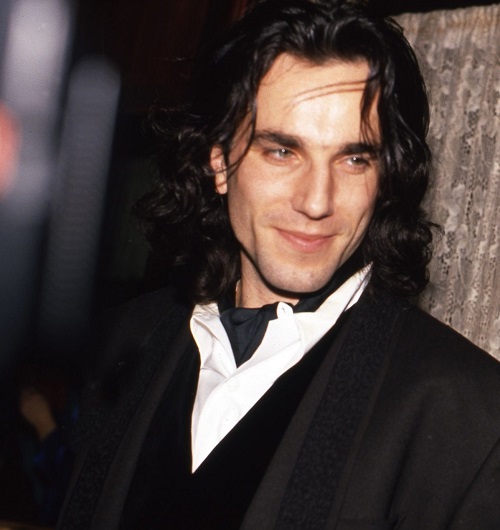
Having spent the bulk of the 1980s as a respected but comparatively little-known British actor, things changed drastically for Daniel Day-Lewis following his 1990 Best Actor Oscar (his first of three, before his retirement from acting in 2017).
[rtk_adunit_top]
The decade that followed saw Day-Lewis widely acknowledged as the finest actor of his generation, and one of the most in-demand leading men around.
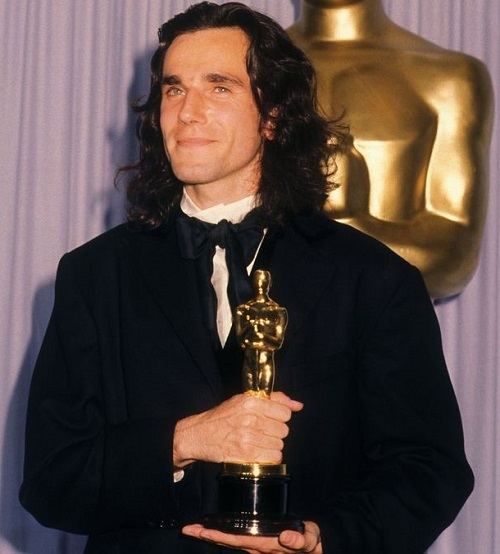
The Last of the Mohicans was the next film Day-Lewis signed on for following his Oscar win, and it was a significant career turning point for the actor.
[rtk_adunit_middle]
It was his first time making a big budget studio film; all his previous films, including Oscar winner My Left Foot, were far smaller-scale independent productions.
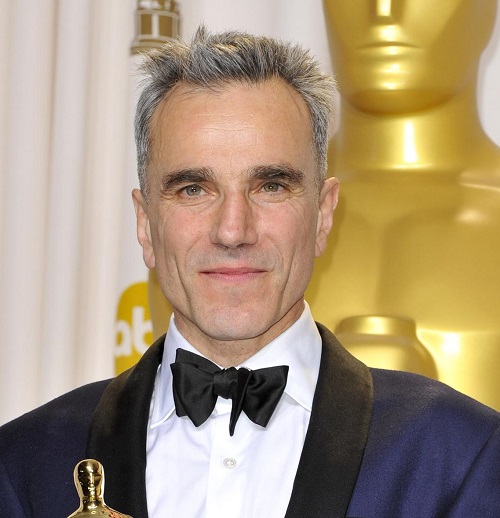
Not that Day-Lewis made a habit of starring in blockbusters thereafter: the notoriously choosy star turned down many major films including Philadelphia, Interview with the Vampire, Shakespeare in Love and The Lord of the Rings.
[rtk_adunit_bottom]
4. The production went $7 million over-budget
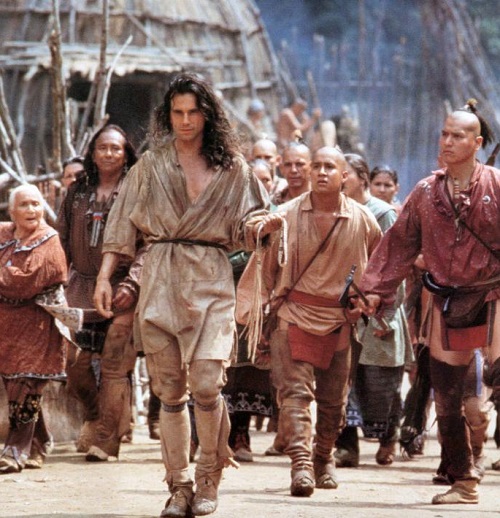
The exacting standards of The Last of the Mohicans director Michael Mann put a strain on all involved in the production – particularly those handling the money.
[rtk_adunit_top]
Mann had initially been granted a budget of $33 million, but wound up spending closer to $40 million.
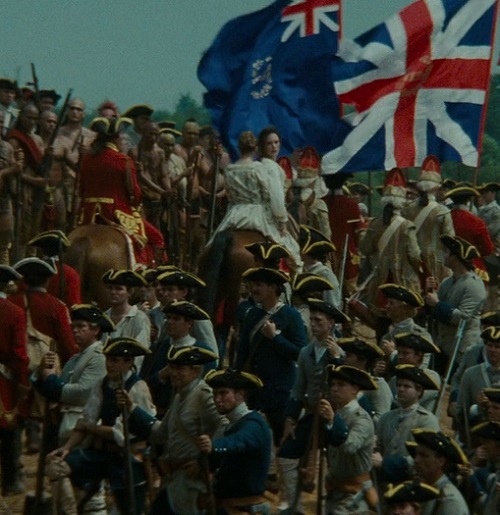
Reportedly the Fort William Henry set alone cost $6 million to construct, owing at least in part to the director’s insistence on period authenticity.
[rtk_adunit_middle]
Mann had similarly exacting specifications when it came to the costumes and the weaponry, all of which were custom made for the film.
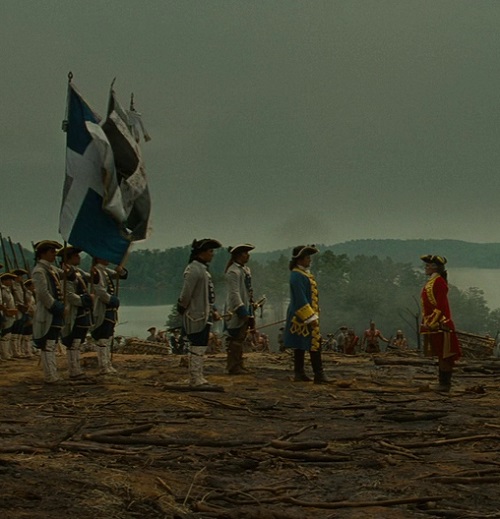
The film’s original costume designer, James Acheson, found himself at odds with the director and left during production, to be replaced by Elsa Zamparelli.
[rtk_adunit_bottom]
3. The film’s central theme music was adapted from a 1990 record by Dougie MacLean

Prior to The Last of the Mohicans, Michael Mann’s best known work – the movies Thief and Manhunter, and TV show Miami Vice – were notable for their contemporary settings and use of modern popular music.
[rtk_adunit_top]
Even though The Last of the Mohicans was a period piece, Mann still drew heavily on contemporary music for the film.

The central theme is an adaptation of The Gael, a 1990 track by Scottish folk rock musician Dougie MacLean, taken from his album The Search.
[rtk_adunit_middle]
The soundtrack also boasts an original song by Irish folk band Clannad, entitled I Will Find You – in reference to a pivotal scene in the film.
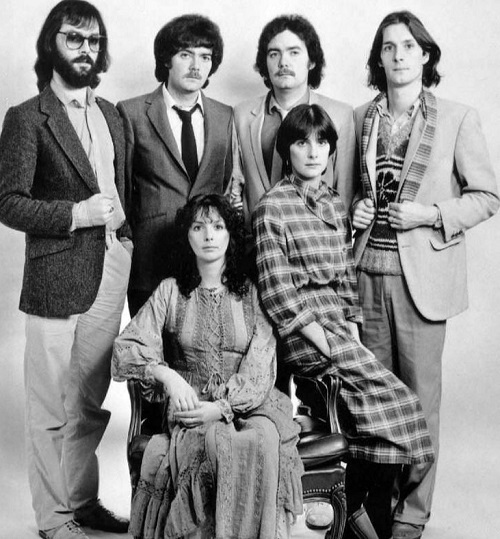
The remainder of the original score was composed by Trevor Jones and Randy Edelman; Mann had originally asked Jones to compose electronic music for the film, until it was decided that classical would be more appropriate.
[rtk_adunit_bottom]
2. Michael Mann has produced two Director’s Cuts of the film
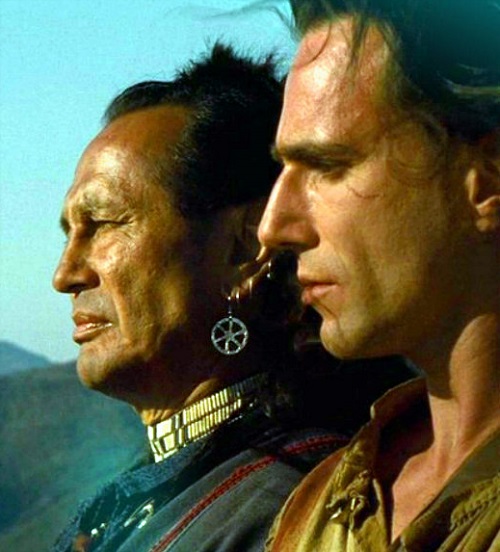
Director Michael Mann’s clashes with studio 20th Century Fox were in part down to the length of the film.
[rtk_adunit_top]
When the initial cut came in at around three hours, the studio were aghast, and pulled the film from its originally scheduled July 1992 release date.
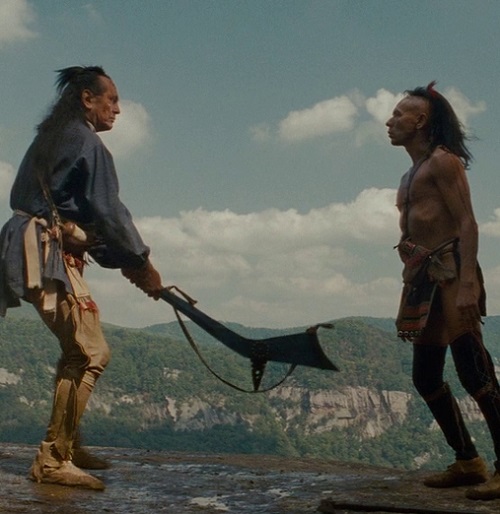
Extensive cuts were demanded, and The Last of the Mohicans was released to cinemas in September 1992 with a running time of 112 minutes.
[rtk_adunit_middle]
As Mann was unhappy with this cut, he re-edited the film for a 117 minute DVD special edition in 1999.
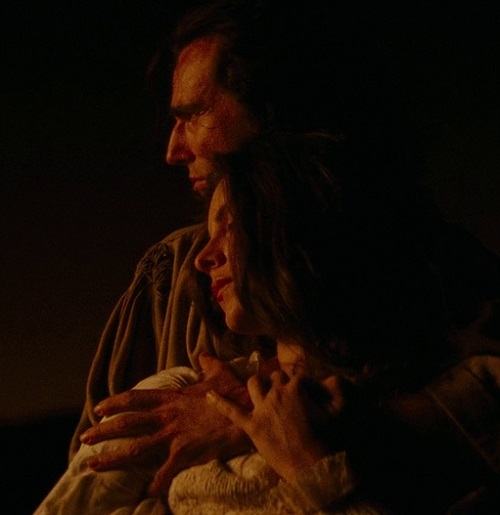
However, this still didn’t satisfy the director, who re-edited the film once again, this time to 114 minutes, for the 2010 Blu-ray release.
[rtk_adunit_bottom]
1. It only received a single Oscar nomination
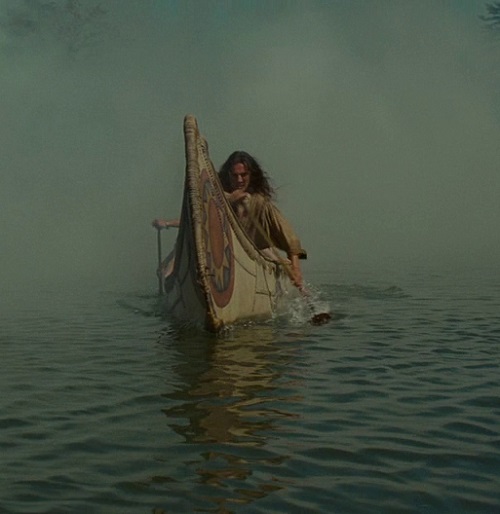
The Last of the Mohicans wound up a respectable box office success, earning $75 million at the US box office and plenty more overseas.
[rtk_adunit_top]
It was well received by critics, and today sits on an impressive 95% fresh rating at Rotten Tomatoes.
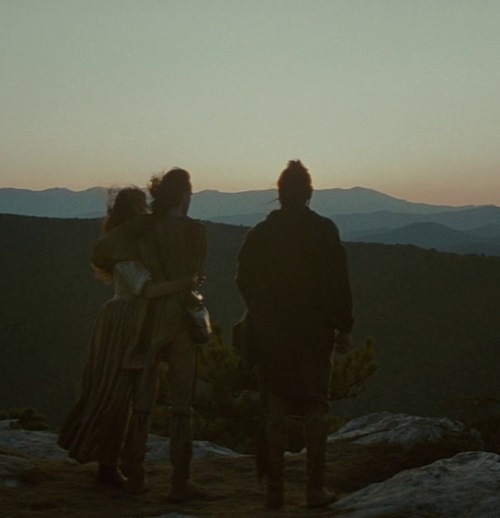
However, despite the existing awards kudos of its leading man, The Last of the Mohicans failed to gain any real heat at the big awards shows that year.
[rtk_adunit_middle]
Its only Oscar nomination was for sound, which the film’s sound team Chris Jenkins, Doug Hemphill, Mark Smith and Simon Kaye happily walked away with.
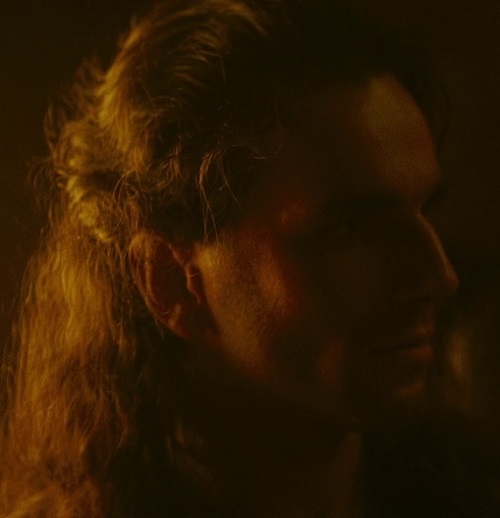
Still, Day-Lewis would notch up another five Best Actor Oscar nominations in the 25 years that followed, with two wins for There Will Be Blood and Lincoln.
[rtk_adunit_end]

